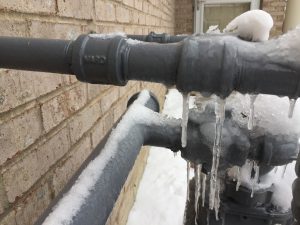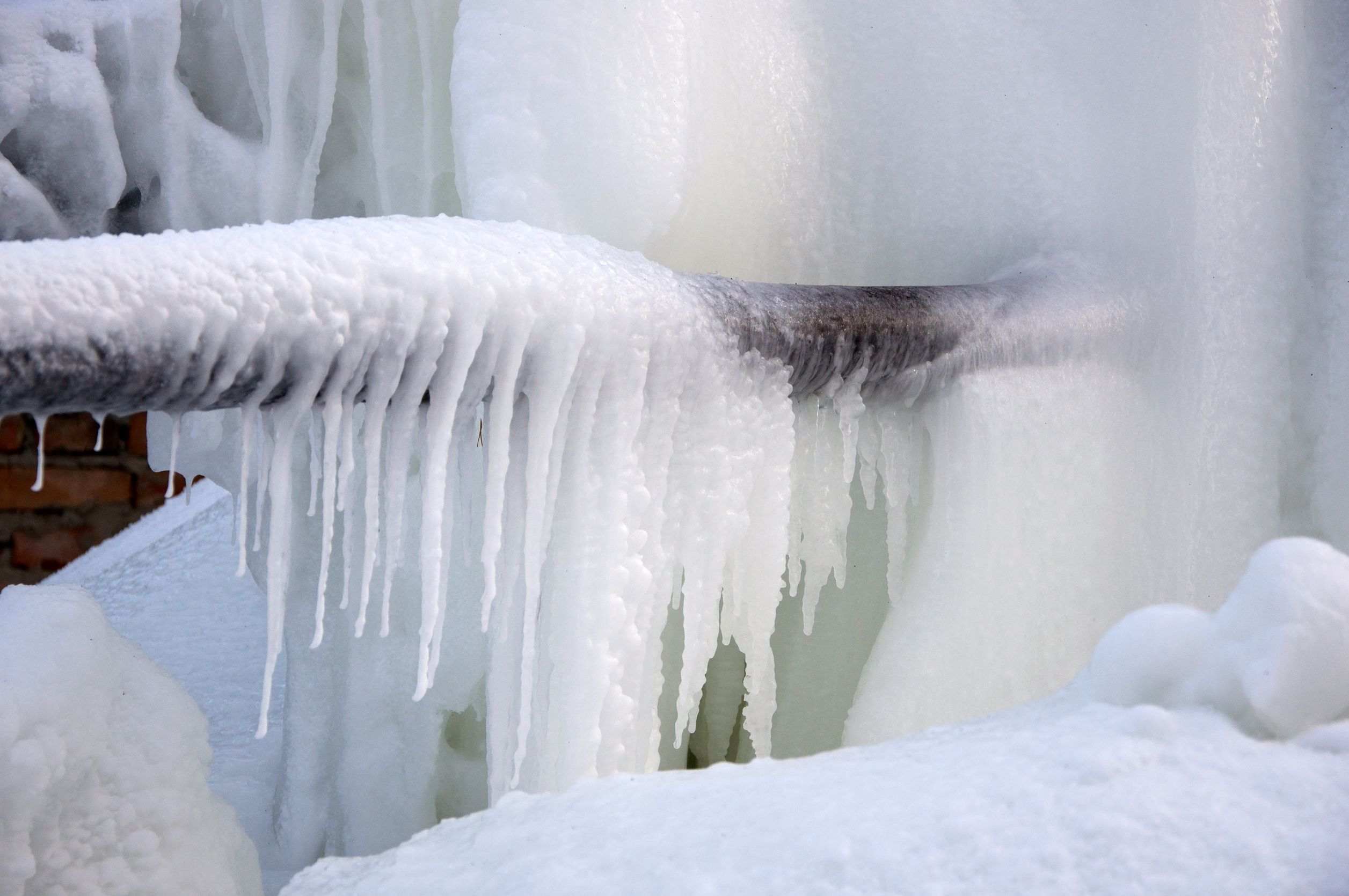Essential Strategies for Avoiding Frozen Pipes in Winter
Essential Strategies for Avoiding Frozen Pipes in Winter
Blog Article
Do you find yourself looking for information around How To Avoid Freezing Pipes?

Cold weather can ruin your plumbing, specifically by freezing pipes. Right here's just how to prevent it from occurring and what to do if it does.
Intro
As temperature levels drop, the danger of icy pipelines rises, possibly leading to expensive fixings and water damages. Understanding how to avoid frozen pipes is important for home owners in cool climates.
Prevention Tips
Shielding susceptible pipes
Wrap pipes in insulation sleeves or utilize warm tape to secure them from freezing temperatures. Focus on pipelines in unheated or outside areas of the home.
Home heating strategies
Keep interior rooms appropriately heated up, particularly locations with plumbing. Open up cupboard doors to permit warm air to circulate around pipelines under sinks.
How to recognize frozen pipelines
Look for reduced water circulation from faucets, unusual smells or noises from pipelines, and noticeable frost on exposed pipelines.
Long-Term Solutions
Architectural adjustments
Think about rerouting pipelines far from outside wall surfaces or unheated areas. Add extra insulation to attic rooms, cellars, and crawl spaces.
Updating insulation
Buy premium insulation for pipes, attic rooms, and wall surfaces. Appropriate insulation assists preserve constant temperatures and minimizes the danger of frozen pipes.
Protecting Outdoor Pipes
Yard pipes and outdoor taps
Separate and drain pipes garden hoses prior to winter months. Set up frost-proof faucets or cover outside taps with insulated caps.
Comprehending Frozen Pipes
What creates pipelines to freeze?
Pipelines ice up when subjected to temperatures listed below 32 ° F (0 ° C) for extended durations. As water inside the pipes freezes, it increases, putting pressure on the pipeline wall surfaces and potentially triggering them to break.
Risks and problems
Icy pipes can lead to supply of water interruptions, residential property damages, and costly repairs. Burst pipes can flooding homes and create extensive structural damage.
Signs of Frozen Piping
Identifying frozen pipes early can stop them from rupturing.
What to Do If Your Pipes Freeze
Immediate activities to take
If you think frozen pipes, maintain faucets available to relieve pressure as the ice thaws. Utilize a hairdryer or towels taken in warm water to thaw pipelines gradually.
Final thought
Protecting against frozen pipelines requires aggressive measures and quick reactions. By understanding the reasons, indicators, and preventive measures, property owners can protect their plumbing throughout cold weather.
6 Proven Ways to Prevent Frozen Pipes and Protect Your Home
Disconnect and Drain Garden Hoses
Before winter arrives, start by disconnecting your garden hoses and draining any remaining water. Close the shut-off valves that supply outdoor hose bibs and leave the outdoor faucet open to allow any residual water to drain. For extra protection, consider using faucet covers throughout the colder months. It’s also important to drain water from any sprinkler supply lines following the manufacturer’s directions.
Insulate Exposed Pipes
Insulating your pipes is an effective way to prevent freezing. Pipe insulation is readily available at home improvement stores and is relatively inexpensive. Pay close attention to pipes in unheated areas such as the attic, basement, crawl spaces, or garage. Apply foam insulation generously to create a buffer against the cold. You can also wrap your pipes in heat tape or thermostat-controlled heat cables for added warmth.
Seal Air Leaks
Inspect your home for any cracks or openings that could let in cold air. Seal any holes around the piping in interior or exterior walls, as well as the sill plates where your home rests on its foundation. Additionally, make sure to keep your garage door closed unless you’re entering or exiting. Leaving it open creates a significant air leak that can lead to frozen pipes.
Allow Warm Air Circulation
During cold snaps, it’s essential to allow warm air to circulate evenly throughout your home. Leave interior doors ajar to promote better airflow. Open kitchen and bathroom cabinets to help distribute heat consistently around the rooms. If you have small children or pets, be sure to remove any household chemicals or potentially harmful cleaners from open cabinets for safety.
Let Faucets Drip
A small trickle of water can make a big difference in preventing ice formation inside your pipes. When temperatures drop significantly, start a drip of water from all faucets served by exposed pipes. This continuous flow helps prevent the water from freezing. Additionally, running a few faucets slightly can relieve pressure inside the pipes, reducing the chances of a rupture if the water inside does freeze.
https://choateshvac.com/6-proven-ways-to-prevent-frozen-pipes-and-protect-your-home/

Hopefully you enjoyed reading our post on 6 Ways to Prevent Frozen Pipes. Thank you so much for finding the time to read through our blog post. Do you know somebody else who is intrigued by the topic? Feel free to promote it. Thank-you for going through it.
Call Today Report this page